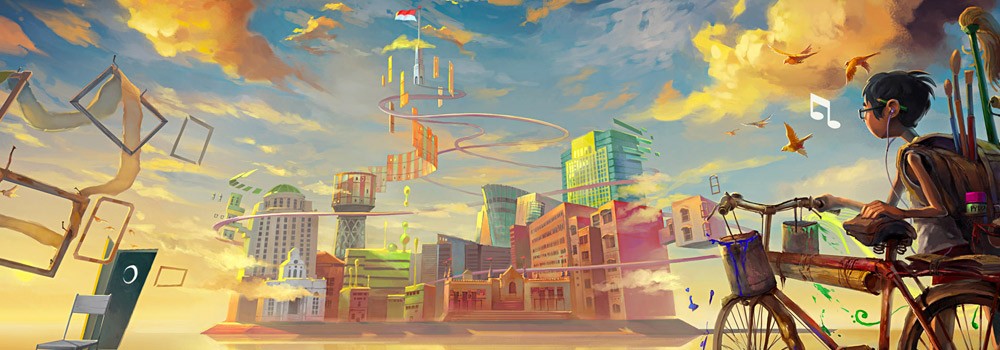The Arts in the New Age of Entrepreneurship
Most recently, I worked with a very diverse group of people, all of whom were at different stages of their artistic careers. Some dip into lulls, others speak of big projects and endeavours which are coming together. What’s inspiring about the group is how varied the ages are. There is great diversity in the group, and there should be great diversity in a network. I will return to Kate’s case in the final section, as her experiences as an artist-entrepreneur are worth discussion. Lastly, as I mentioned before, an artist needs to reach and find recognition: the wider your network stretches, the more people you can touch with your work.
Networking can all the same still qualify as one of the resistances facing an artist-entrepreneur. It can feel like no matter who becomes part of the network, there is still no way to utilize the network to expand one’s work. This is a feeling to be fought; networks provide artists with the most basic essential needed: an audience. Members of a network have their own networks, and these networks will branch out to others, and so forth. It is an ideal way to spread renown as an artist-entrepreneur: people will begin to spread the word and discuss the work.
Nonetheless, without a network which supports the artist-entrepreneur, he or she will still feel somewhat powerless to complete projects with no outside help. This brings us to the third point: expanding the repertoire.
3. Growing
Think of yourself as a circus show. What sorts of things can be seen at the show? Do you have trapeze artists? Wild animals? Unicyclists? Clowns? Is there a musical element, or an interactive part? Is it one particular specialty, or several? What is the demographic at your show? Much of the entertainment one sees today is designed to appeal to a very wide demographic: gritty superhero movies that stay PG-13 are a testament to this desire. For the circus, some people might come for clowns, others for trapeze artists.
As an artist, you are not entirely meant to be specialized. While having one particular talent at which you are stellar can be good, it is always safer to be versatile. Thus, growing is the title of this section. An artist blossoms from one medium to excel in another. For many, this blossoming will be out of necessity, a natural reaction against resistance. Anne Bogart realized after leaving undergraduate school that, though her aim was to direct, she would have to produce as well if she wanted to direct, as “no theatre in town was willing to take a risk on a young untested woman director.”
A repertoire which boasts a wide range of talents and techniques is invaluable in all artistic pursuits: many actors with whom I have spoken at the Stratford Festival have talked about a “toolbox” of techniques, of acting being a trade. Actors who sing, dance, play instruments, write their own work, produce their own shows, or hypnotize their audience all have an advantage over an actor who only acts. Always consider what more can be learnt to develop and expand your repertoire.
For an artist-entrepreneur, there is an obvious one: business knowledge. Fisher comments on the value of good bookkeeping and doing your taxes properly for an artist-entrepreneur, but it goes beyond that. The arts are highly competitive and highly creative, and a savvy businessperson can do both as one. There are a plethora of examples of interesting and unique attempts at self-promotion online for artists, and a Google search of the resumes and CVs of graphic designers can yield some very enjoyable time-wasting as one trolls through the many examples.































Share the post "The Arts in the New Age of Entrepreneurship"